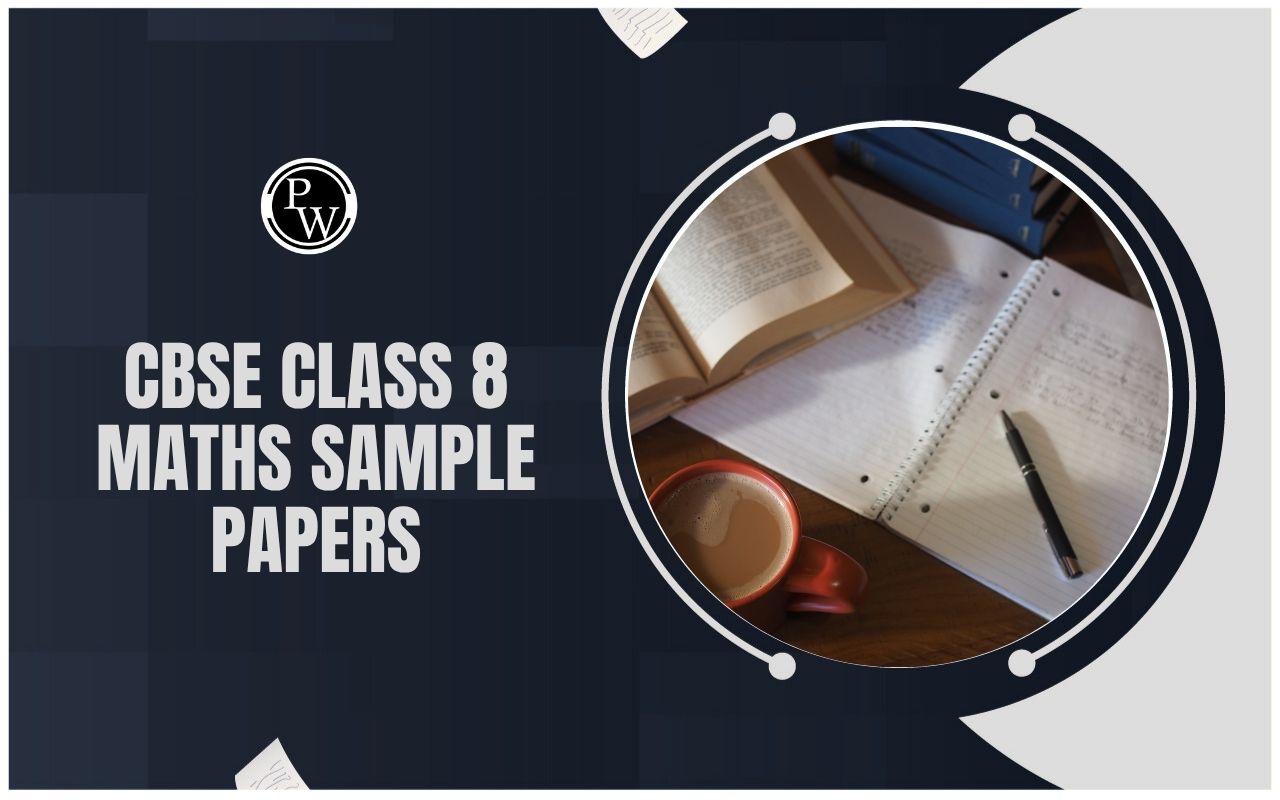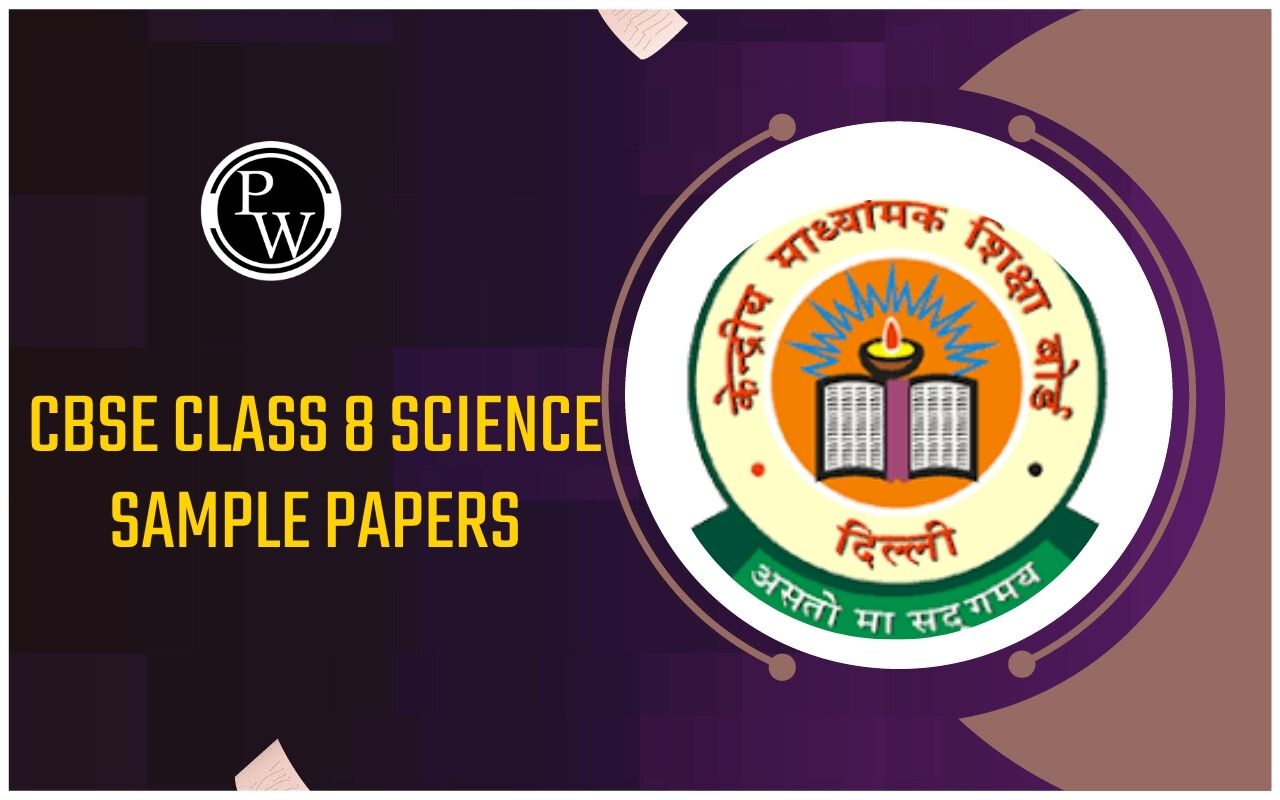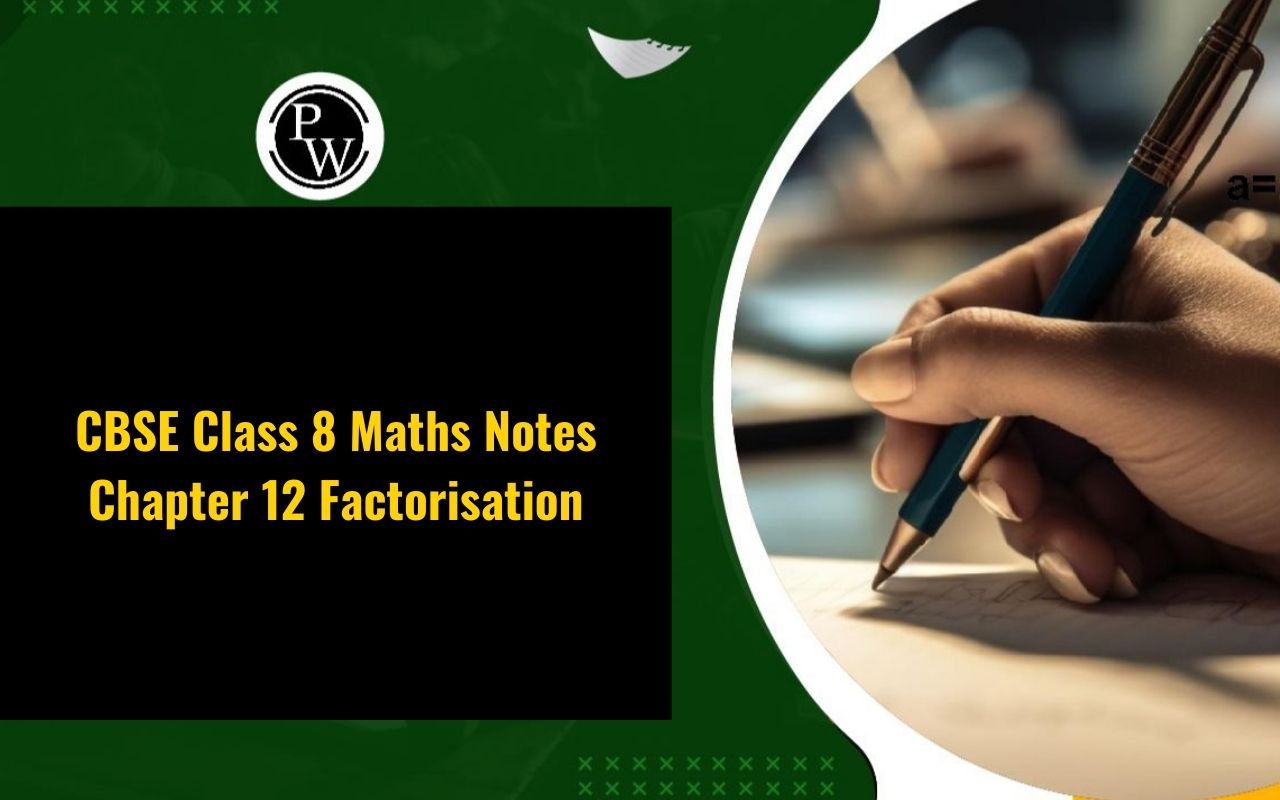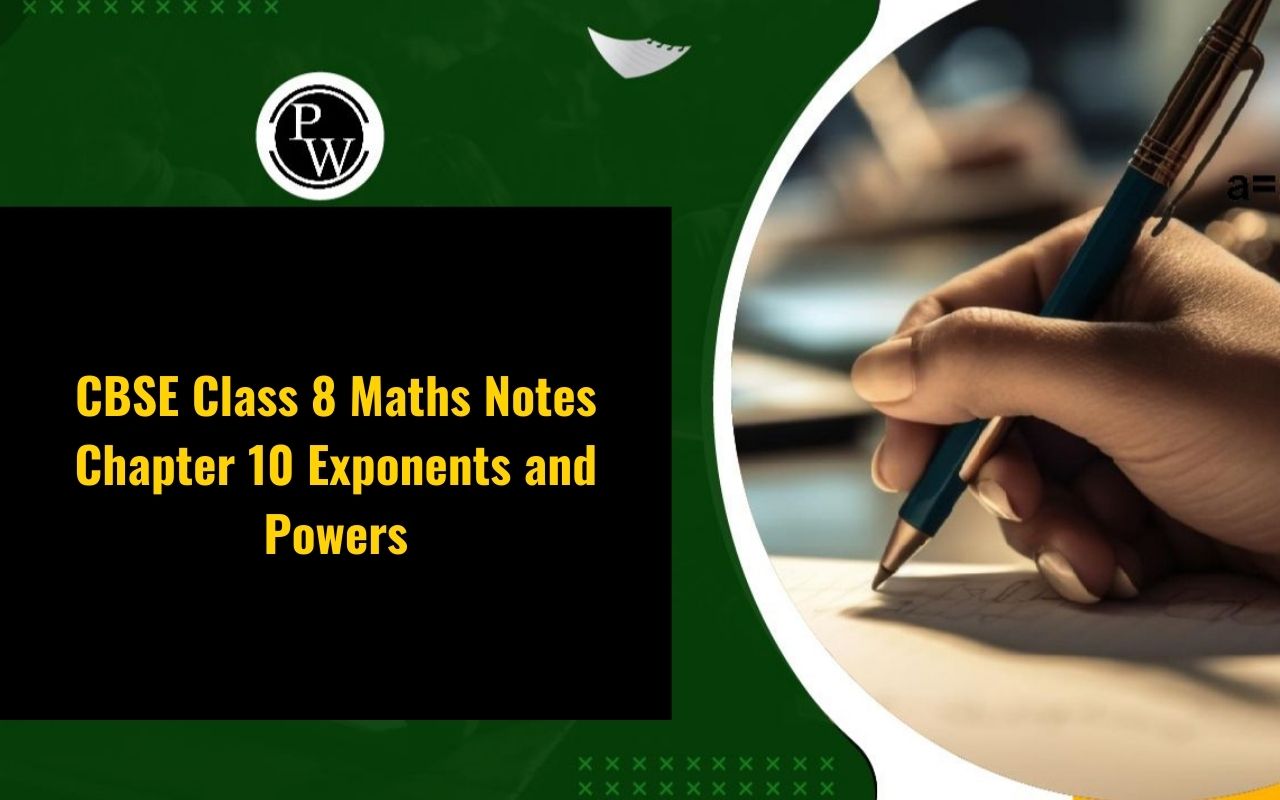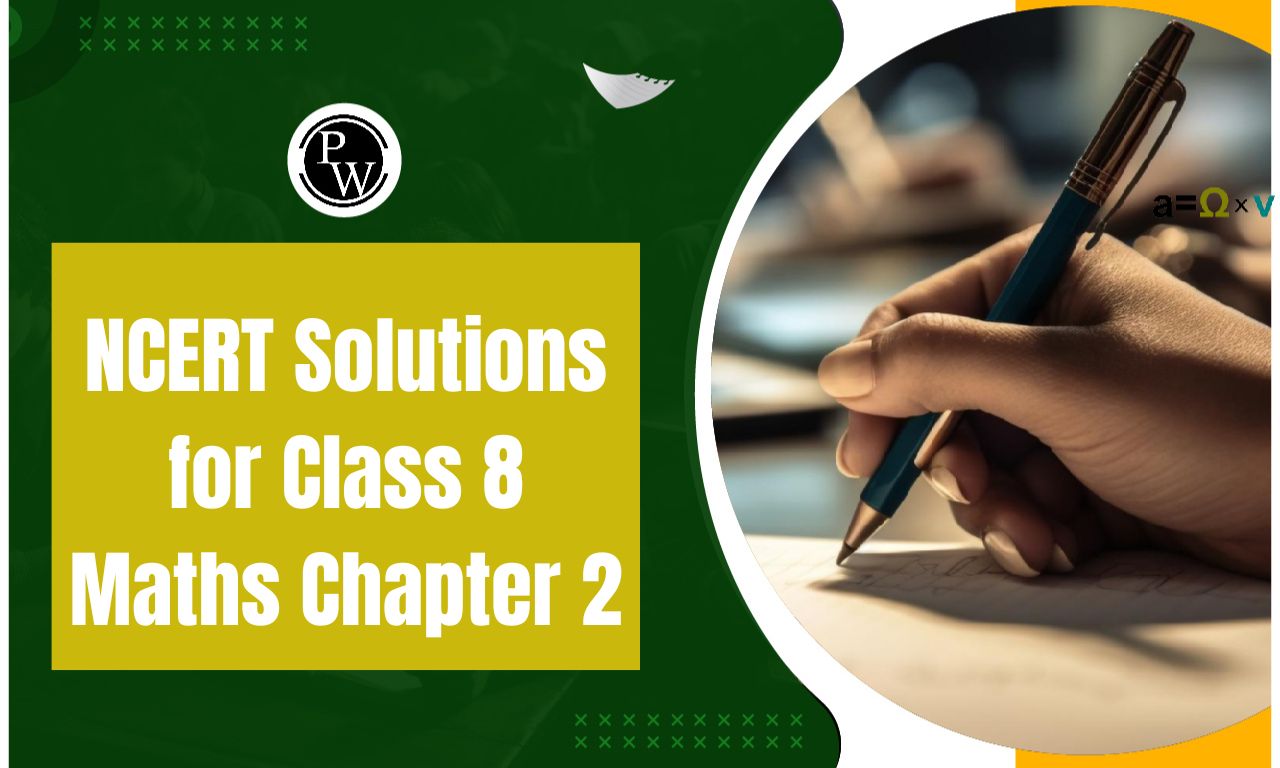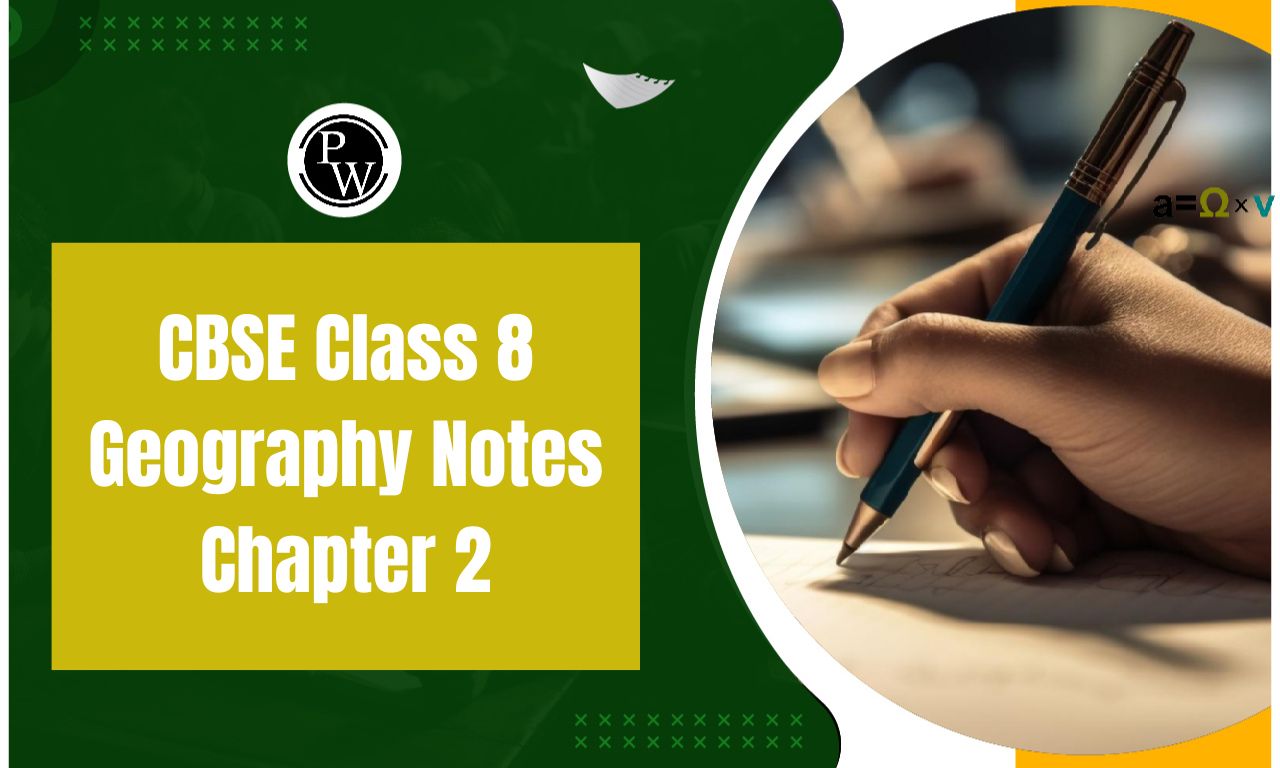
RS Aggarwal Solutions for Class 8 Maths Chapter 12 Exercise 12.1: RS Aggarwal Solutions for Class 8 Maths Chapter 12, Exercise 12.1 focus on the concepts of direct and inverse proportions. This exercise provides clear and detailed solutions to problems involving direct and inverse variations.
Direct proportions occur when two quantities increase or decrease together, maintaining a constant ratio. Conversely, inverse proportions arise when one quantity increases while the other decreases, keeping the product constant. The solutions provided in this exercise guide students through step-by-step processes to solve problems, reinforcing their understanding of these fundamental concepts in proportions.RS Aggarwal Solutions for Class 8 Maths Chapter 12 Exercise 12.1 Overview
RS Aggarwal Solutions for Class 8 Maths Chapter 12, Exercise 12.1 provides a comprehensive overview of direct and inverse proportions. In this exercise, students explore how quantities relate to each other in scenarios where they either increase or decrease in tandem (direct proportion) or in opposite directions (inverse proportion). The solutions explain how to identify and apply the principles of direct and inverse variations through a series of problems, illustrating the mathematical relationships between variables. By working through these exercises, students learn to solve real-life problems involving ratios and proportions, gaining a clearer understanding of how these concepts are applied in various contexts.RS Aggarwal Solutions for Class 8 Maths Chapter 12 Exercise 12.1 PDF
The PDF link for RS Aggarwal Solutions for Class 8 Maths Chapter 12 Exercise 12.1 is available below. This PDF provides detailed solutions and explanations for the exercises on direct and inverse proportions, helping students understand and apply these concepts effectively. By referring to this PDF students can access step-by-step solutions and gain clarity on how to approach and solve problems related to direct and inverse proportions.RS Aggarwal Solutions for Class 8 Maths Chapter 12 Exercise 12.1 PDF
RS Aggarwal Solutions for Class 8 Maths Chapter 12 Exercise 12.1(Ex 12A)
RS Aggarwal Solutions for Class 8 Maths Chapter 12 Exercise 12.1 are available below. This resource provide detailed solutions and explanations for problems related to Direct and Inverse Proportions.(Question 1) Observe the table given below and in each one find whether x and y are proportional:
(i)| x | 3 | 5 | 8 | 11 | 26 |
| y | 9 | 15 | 24 | 33 | 78 |
 ∴ x and y are directly proportional.
(ii)
∴ x and y are directly proportional.
(ii)
| x | 2.5 | 4 | 7.5 | 10 | 14 |
| y | 10 | 16 | 30 | 40 | 42 |
Solution: We have:
 ∴ x and y are not directly proportional.
(iii)
∴ x and y are not directly proportional.
(iii)
| X | 5 | 7 | 9 | 15 | 18 | 25 |
| y | 15 | 21 | 27 | 60 | 72 | 75 |
Solution: We have:
 ∴ x and y are not directly proportional.
∴ x and y are not directly proportional.
(Question 2) If x and y are directly proportional, find the values of x 1 , and x 2 and y 1 in the table given below:
| x | 3 | x 1 | x 2 | 10 |
| y | 72 | 120 | 192 | y 1 |
Solution: Since x and y are directly proportional. We have:
 x
1
=5, x
2
= 8 and y
1
= 240.
x
1
=5, x
2
= 8 and y
1
= 240.
(Question 3) A truck covers a distance of 510 km in 34 litres of diesel. How much distance would it cover in 20 litres of diesel?
Solution: Let the required distance be x km. Then, we have:
| Quantity of petrol(in lit) | 34 | 20 |
| Distance (in km) | 510 | x |
 ∴ Required distance is 300 km.
∴ Required distance is 300 km.
(Question 4) A taxi charges a fare of Rs 2550 for a journey of 150 km. How much would it charge for a journey of 124 km?
Solution: Let the required charges be Rs x. Then we have:
| Distance (in Km) | 150 | 124 |
| Charges of fare (in Rs) | 2550 | x |
 ∴ Required amount of charges Rs 2108.
∴ Required amount of charges Rs 2108.
(Question 5) A loaded truck covers 16 km in 25 minutes. At the same speed, how far can it travel in 5 hours?
Solution: Here, 5 hours = (5×60) = 300 minutes
Let the required distance be x km. Then, we have:| Distance (in Km) | 16 | x |
| Time (in minutes) | 25 | 300 |
 ∴ Required distance is 192 Km.
∴ Required distance is 192 Km.
(Question 6) If 18 dolls cost Rs 630, how many dolls can be bought for Rs 455?
Solution: Let the number required dolls be x. Then, we have:
| Number of dolls | 18 | x |
| Cost of dolls (Rs) | 630 | 455 |

(Question 7) If 9 kg of sugar costs Rs 238.50, how much sugar can be bought for Rs 371?
Solution: Let the required quantity of sugar be x kg. Then, we have:
| Quantity of sugar (in kg) | 9 | x |
| Cost of sugar (in Rs) | 238.50 | 371 |
 ∴ The required quantity of sugar is 14 kg.
∴ The required quantity of sugar is 14 kg.
(Question 8) The cost of 15 metres of a cloth is Rs 981. What length of this cloth can be purchased for Rs 1308?
Solution: Let the length of required cloth be x metres. Then, we have:
| Length of the cloth (in metre) | 15 | x |
| Cost of cloth (in Rs) | 981 | 1308 |
 ∴ The required length of the cloth is 20 metres.
∴ The required length of the cloth is 20 metres.
(Question 9) In a model of a ship, the mast is 9 cm high, while the mast of the actual ship is 15 m high. If the length of the ship is 35 metres, how long is the model ship?
Solution : Let the length of the model ship be x cm.
Here, 15m = 1500 cm and 35 m = 3500 cm| Length of model ship(cm) | 9 | x |
| Length of actual ship (cm) | 1500 | 3500 |
 ∴ The required length of the model ship is 21 cm.
∴ The required length of the model ship is 21 cm.
(Question 10) In 8 days, the earth picks up (6.4×10 7 ) kg of dust from the atmosphere. How much dust will it pick up in 15 days?
Solution: Let the required amount of dust be x kg.
| Time (Days) | 8 | 15 |
| Amount of dust (in Kg) | 6.4×10 7 | x |
 ∴ The required amount of dust is 1.2 × 10
8
.
∴ The required amount of dust is 1.2 × 10
8
.
(Question 11) A car is travelling at the average speed of 50 km/hr. How much distance would it travel in 1 hour 12 minutes?
Solution: Let the required distance be x km.
Here, 1 hour 12 minutes = 72 minutes| Time (In minutes) | 60 | 72 |
| Distance (In Km) | 50 | x |
 ∴ The required distance is 60 km.
∴ The required distance is 60 km.
(Question 12) Ravi walks at the uniform rate of 5 km/hr. What distance would he cover in 2 hours 24 minutes?
Solution: Let the required distance will be x km.
Here, 2 hours 24 minutes = 144 minutes| Distance (in Km) | 5 | x |
| Time (minutes) | 60 | 144 |
 ∴ The required distance is 12 km.
∴ The required distance is 12 km.
(Question 13) If the thickness of a pile of 12 cardboards is 65 mm, find the thickness of a pile of 312 such cardboards.
Solution: Let the thickness of pile be x mm.
| Thickness of pile (in mm) | 65 | x |
| Number of card boards | 12 | 312 |
(Question 14) 11 men can dig 6(3/4) metre long trench in one day. How many men should be employed for digging 27 metre long trench of the same type in one day?
∴ The required number of men is 44.(Question 15) Reenu types 540 words during half an hour. How many words would she type in 8 minutes?
Solution: Here, half an hour = 30 minutes
Let the number of words be x.| Time (in minutes) | 30 | 8 |
| Number of words | 540 | x |
Benefits of RS Aggarwal Solutions for Class 8 Maths Chapter 12 Exercise 12.1
- Clear Explanations : The solutions provide step-by-step explanations making complex concepts of direct and inverse proportions more understandable and manageable.
- Comprehensive Coverage : The exercise covers various types of problems ensuring that students encounter and solve a broad range of questions related to direct and inverse proportions.
- Practice and Mastery : By working through the solutions students can practice different types of problems, helping them to master the topic and build confidence.
- Error Identification : The solutions help students identify and understand common mistakes, which can improve their problem-solving skills.
- Enhanced Learning : Detailed solutions facilitate better learning and comprehension of the topic, ensuring that students can apply these concepts effectively in their exams.
- Time Management : With clear and concise solutions, students can efficiently manage their study time and focus on areas where they need more practice.
RS Aggarwal Solutions for Class 8 Maths Chapter 12 Exercise 12.1 FAQs
What is Direct Proportion?
What is Inverse Proportion?
How can you determine if two quantities are in direct proportion?
How can you determine if two quantities are in inverse proportion?


